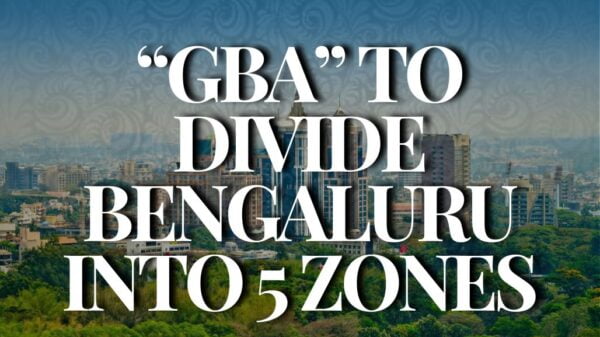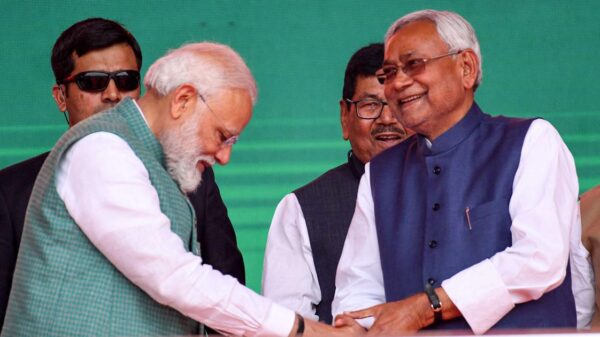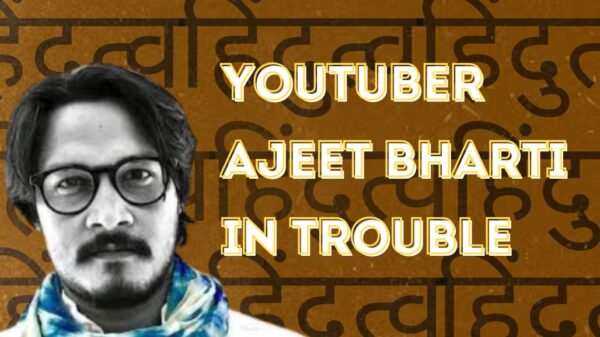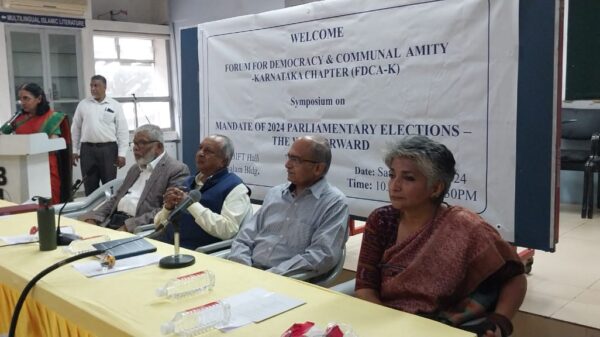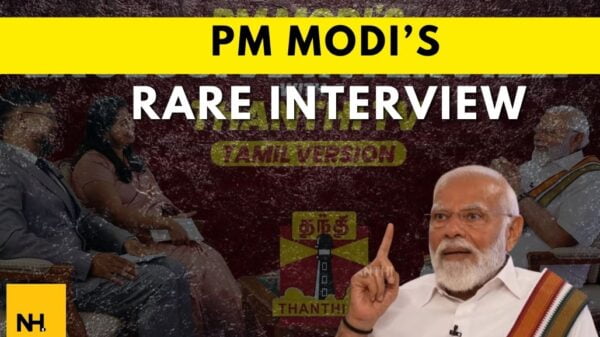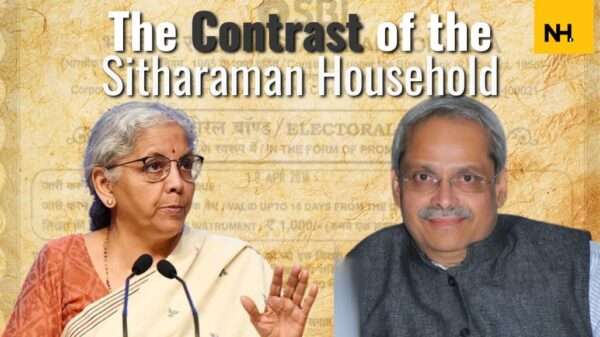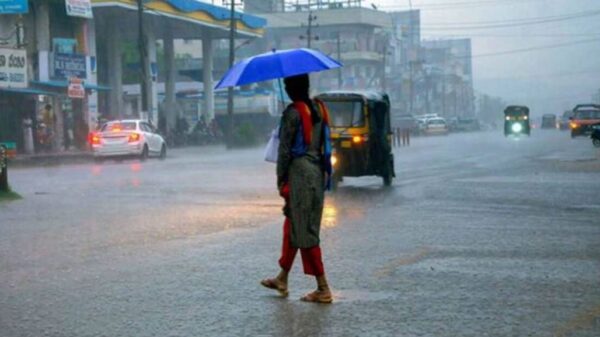Whenever we see the Indian flag, we get a sense of pride, a sense of patriotism and a sense of honour. In general, flags are an important symbol for any community, group or even country. It showcases the country’s confidence and the design on the flag symbolizes the values, beliefs and history of the country.
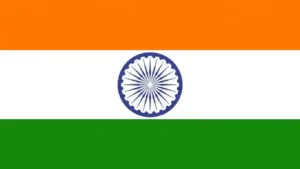
Image Source: Moneycontrol
Most Indians believe that the stripes of the flag represent the religious communities of the country, however, they are wrong. The saffron colour on the top of the flag represents the strength and courage of the country. The white colour represents peace and truth with the Ashok Chakra, while the green colour represents the fertility, growth and auspiciousness of the land.
Did you know that there were several versions of the Indian flag before the current one was officially accepted? Let us look at the evolution of the Indian flags.
-
The First Version:
Although it was unofficial, the flag gained popularity when it was first hoisted on August 7, 1906, in Calcutta. The flag had only three stripes on it; red, yellow and green, with Vande Mataram written in the middle. It was believed to have been designed by the freedom activists Sachindra Prasad Bose and Hemchandra Kanugo.
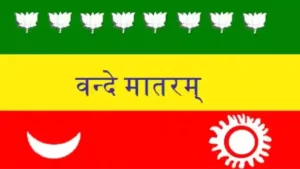
Image Source: Moneycontrol
The red strip on the flag had a sun and a moon while the green strip had eight half-open lotuses.
-
The Second Version:
Madame Cama and her band of exiled revolutionaries raised the second flag in Paris in 1907. The second flag, like the first, differed in that the top strip had only seven stars to represent the Saptarishi. This flag was also displayed at a socialist gathering in Berlin.
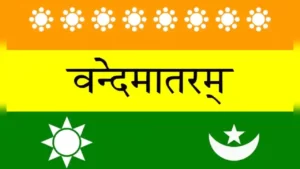
Image Source: Moneycontrol
-
The Third Version:
During the Home Rule movement, Dr Annie Besant and Lokmanya Tilak raised the third flag. This flag had five red and four green horizontal stripes arranged alternately, with seven saptarishi stars. A star and a crescent occupied one corner of the flag, while the Union Jack occupied the other.
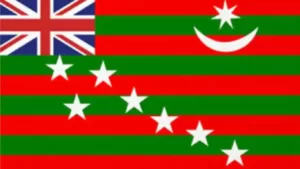
Image Source: Moneycontrol
-
The Fourth Version:
Recognizing the importance of a national flag, Gandhi commissioned Pengali Venkayya to design one in 1921, with the symbol of the charka, or spinning wheel. Venkayya is largely responsible for the modern flag.
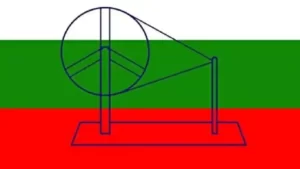
Image Source: Moneycontrol
Venkayya presented this version of the Indian flag during a session of the All India Congress Committee in Vijaywada in 1921, which was made of two colours: red and green, representing the two major communities, Hindus and Muslims. Gandhi, reportedly, suggested that a white strip be added to represent India’s remaining communities.
-
The Fifth Version:
This version of the Indian flag was adopted in 1931, after some modifications. The red was replaced with saffron, and the white strip was shifted to the centre. The spinning wheel, or charka, was in the centre of the flag.

Image Source: Moneycontrol
After our independence, the spinning wheel was replaced with the Ashok Chakra to signify that there is life in movement and death in stagnation. The Ashok Chakra further represents the dynamism of a peaceful change and that India should not resist the change.
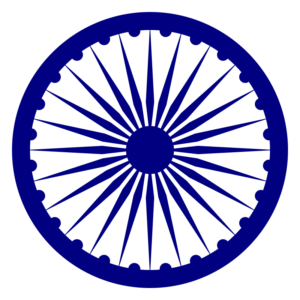
Image Source: Wikipedia
What do you think of the evolution of the Indian flag? Do let us know in the comment box below!
References: Deccan Herald
Featured Image Source: Prince Pal


